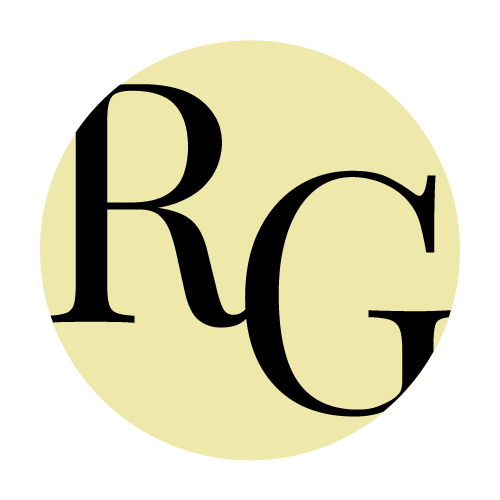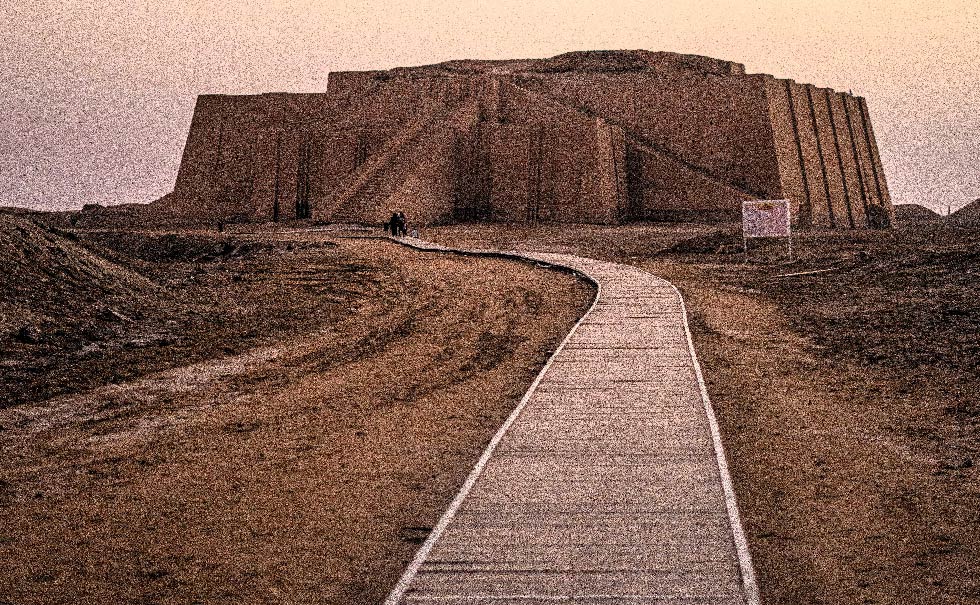Parshat Noach
The Torah is a multifaceted narrative, but there are clearly two very
distinct parts that are divided by our Parshah,
The Torah begins with a retelling of the Creation narrative, we are
led through the experiences of Mankind that cause them to be cast out
from the Garden of Eden[1], namely the ingestion of the fruit of the
Tree of Knowledge of Good and Evil[2].
The Torah then proceeds with a new narrative, that of the children of
Abraham who would eventually be redeemed from Egypt, receive the
Torah, and inherit the Land of Israel.
Sandwiched between these two distinct ideas is Noach, Noach although
righteous does not save Humanity but rather his own family and the
animal kingdom. Noach is the archetype of many Prophets: a man with a
unique relationship with God and who finds his moral and spiritual
conclusions vastly different from the society around him – whilst they
preach a certain modernity and personal freedoms.
What is perhaps unique about the Parsha of Noach is that it both
begins and ends with calamity, the opening sets us up for the great
flood, a topic revisited in many epics of the ancient world and the
Parsha ends on the fall Babel: whilst not immediately interconnected,
it becomes apparent that the two events are signaled by the opposite
conditions, the Flood is a product of human disorganization and the
pursuit of hedonism, the Tower of Babel is caused when humanity finds
itself unified for a common goal and purpose, only its purpose is
self-interest and to[3] “make a name for themselves”, however
according to tradition[4] this was nothing other than idolatry,
however in the actual text of the Parsha it is far more ambiguous, to
which the Sages directly commented[5]:
“The sin of the generation of the flood is made explicit in the text,
whereas with regard to the generation of the dispersion the text is
vague and does not clarify the sin”.
Another fascinating facet of our parsha the description of a new
building technology which allowed for building of larger structures
known in the Akkadian/Mesopotamian cultures as Ziggurats; the new
technology involved kiln fired bricks mixed with pitch (bitumen) for
added strength and resistance, the archaeological findings report[6]
that; “In Palestine, mud bricks (sun-dried) are first found in levels
designated pre-pottery Neolithic A (8th-9th millennium BC). This is
the only type of brick found in Palestine. Kiln-fired brick is
unattested. The practice was rather to use stone for the foundations
and sun-dried brick for the superstructure.”
However,[7] “There were problems in the south of Mesopotamia where dry
bricks did not meet the building requirements, because it was
irresistible to moisture, in addition to the high groundwater levels
in the area, the lack of stone and the difficulty of carrying it out
of northern Mesopotamia. At the same time, people already knew
ceramics and its properties that were resistant to moisture, so the
builders began to burn bricks before being built, and thereby appeared
burnt bricks with new properties such as being resistant to humidity.
Moreover, for the first-time evidence of the baked brick appeared
during the Uruk period, and exactly in the buildings of Eridu city.
[28] According to Mr. Hussin, excavations in Ur discovered burnt
bricks with inscribed information about the inhabitants of Ur during
the Uruk period, and building a palace in dry brick chisel used clay
to merge brick and its road was built of fired-brick in 3500 BCE.”
The emergence of this new technology is recorded in a fascinating way
by our Sages[8] who comment that when a brick would fall down during
construction of the Tower, people would bemoan the loss: “How long
will it take to carry another one up!” However, if a person fell, he
was considered expendable. This obsession with new technology rather
than humanity is an all too familiar story in history[9], we tend to
believe that each generation has the answers to all questions and that
their intelligence and technology eclipses all subsequent human
epochs. When one comes into the presence of the various Ziggurats,
temples and pyramids and realizes that ancient people managed to build
structures that we today cannot fathom even with our current
technological level.
Despite our own self-aggrandisement, the truth is that today few
people know how to produce fire, build shelters, fish or hunt without
specialized prefabricated equipment – we may be able to calculate the
distance of the stars, yet our basic survival abilities as individuals
and knowledge of crafts has been greatly diminished.
Perhaps this is part of the larger teaching that we can derive from
Noach, ultimately Noach lives in our world as well – where our
understanding as students of the Torah does not always so comfortably
fit the modern paradigm, we are required (spiritually) to save
ourselves and our families, we cannot always rely on the “savior”
model or expect the world to change its conclusions, especially when
it comes to the nation of Israel. It is up to each of us personally to
give thought, research and ultimately an active decision about what we
believe and why.
Noach was not asked to be a philosopher, to preach or to publish
tractates but rather to be involved in active Mitzvot – ultimately it
is our actions that truly define us and can mean the difference in our
world:
Although we find ourselves spiritually flooded with information and
misinformation and exist seemingly beneath a tower of hatred and
slander as a people, our response must be to increase light and
positive actions; to have more Torah, Charity and kind deeds, we
cannot be subsumed by the darkness around us we must be partners in
creating a world full of light and knowledge of God.
Shabbat Shalom!
Rabbi Jonathan Goldschmidt 2023 ©
______________________________
[1] Bereshit/Genesis: 3:23
[2] Ibid. 3:11 –13
[3] Ibid 11:4
[4] Bereshit Rabbah 38:8
[5] Bereshit Rabbah 38:6
[6] Kenyon, K. 1979 Archaeology in the Holy Land, 4th ed. New York: Norton.
[7] “The Appearance of Bricks in Ancient Mesopotamia” (Athens Journal
of History – Volume 6, Issue 1, January 2020 – Pages 73-96
[8] Pirkei D’Reb Eliezer: 24 & Sefer HaYashar
[9] An idea I first heard discussed in a Torah context from Rabbi Jonathan Sacks




